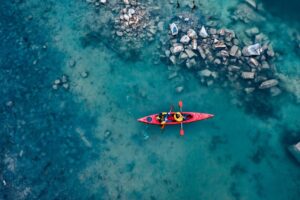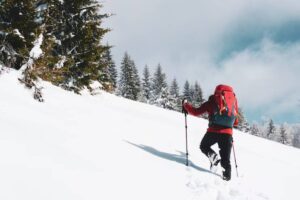The Travel Blog

How to Document Your Adventure Sports Journey: A Guide for Modern Explorers
Turn Your Thrills into a Story Worth Sharing
You just scaled a cliff, rode a Class V rapid, or snowboarded through untouched powder—what’s next? If you’re not capturing these moments, you’re missing out on more than memories. Documenting your adventure sports journey helps you relive the adrenaline, inspire others, and even build a brand or business.
In today’s world of visual storytelling and digital nomadism, adventurers are increasingly becoming content creators. Whether it’s adventure travel blogging, vlogging, or crafting jaw-dropping Instagram reels, sharing your journey is almost as impactful as the sport itself.
This guide walks you through how to document your extreme sports experiences professionally, creatively, and efficiently—so your story is as wild as your ride.
Understanding the Core: Why Documenting Adventures Matters
At its heart, documenting adventure sports isn’t just about ‘likes’.
It’s about:
- Reflecting on personal growth
- Educating others about safety and routes
- Creating a digital diary
- Building a loyal following or personal brand
- Connecting with the adventure community
According to a 2024 Outdoor Industry Association report, over 70% of adventure travellers say they now document their journeys in some form—be it blogs, video logs, or social media series.
Professionally shared stories can also lead to brand sponsorships, gear collaborations, or even full-time adventure blogging careers.
Quick Reference: Adventure Sports Content Checklist
- Pack compact, durable photo/video gear
- Choose your documentation style: blog, vlog, photo journal, or social media
- Plan your shots or story arc before heading out
- Keep a field notebook or voice memos for quick thoughts
- Focus on storytelling, not just scenery
- Prioritise safety—never compromise it for content
- Use editing tools to refine your content
- Create a consistent posting schedule
- Back up footage regularly
- Share on platforms with relevant hashtags and tags
Step-by-Step Guide: How to Practise Adventure Storytelling
Step 1: Choose Your Medium
Your style should reflect your strengths and audience.
- Blogging: Ideal for reflective, detailed storytelling
- Vlogging: Great for action-rich, personality-driven journeys
- Photojournalism: Perfect if you’re visually focused
- Instagram/TikTok: Bite-sized inspiration for fast consumption
Pro Tip: Use a mix of blogs for depth and socials for reach.
Step 2: Invest in the Right Gear
- Action camera (e.g. GoPro Hero12) for hands-free, waterproof filming
- Smartphone with a gimbal for smooth footage and convenience
- Drone (where legal) for sweeping shots
- Tripod/selfie stick for stable time-lapses and solo filming
- Rugged journal or waterproof notepad for field notes
Important: Don’t forget spare batteries, SD cards, and portable chargers.
Step 3: Plan Your Story, Not Just Your Shots
Documenting isn’t just snapping pretty views. It’s about crafting a beginning, middle, and end.
Ask yourself:
- What challenge am I taking on?
- What emotions or struggles am I experiencing?
- What lesson, tip, or moment stands out?
Anecdotes matter—don’t just tell what you did, tell how it felt.
Step 4: Capture Smart, Not Constantly
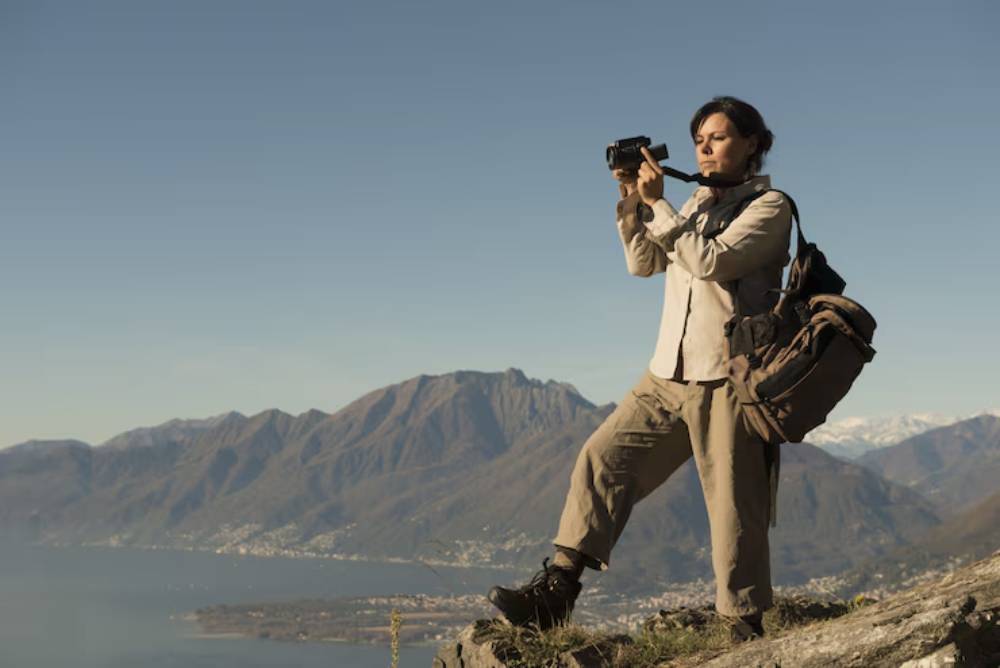
- Film short bursts rather than endless footage
- Use Voice Memos to record reactions when writing isn’t possible
- Take photos from different angles—wide, mid, close-up
- Don’t forget to appear in your own shots (set a timer or use a remote shutter)
Secret Tip: Moments of action are thrilling, but quiet reflections and transitions give context.
Step 5: Edit & Share with Purpose
Use tools like:
- Lightroom Mobile / Snapseed for photos
- CapCut / Adobe Premiere Rush for videos
- Canva for blog graphics or social media covers
Create a publishing schedule and use relevant keywords like adventure travel, mountain biking vlog, or scuba blog to improve discoverability.
Important Things to Remember
Avoid These Content Mistakes:
- Filming risky moves instead of focusing on safety
- Over-editing—authentic beats, flashy
- Using music without rights (risk of takedowns)
Expert Insight: “Raw honesty wins. Show your scrapes and doubts. People connect more with struggle than perfection.” – Luca N., Adventure Vlogger & Climber
Best Practices & Additional Insights
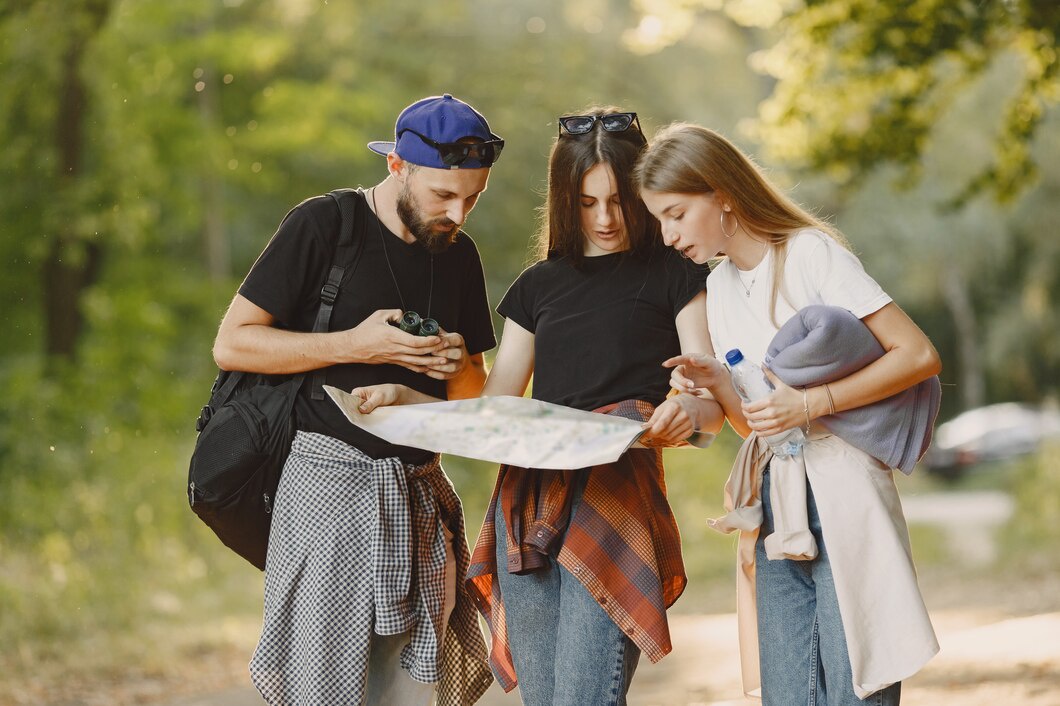
- Create an editing day each week while travelling
- Save metadata (GPS, elevation) for blog accuracy
- Tag brands and locations—you might get reshared or sponsored
- Keep content offline accessible for when you’re off-grid
Planning your next post-worthy trip? Don’t miss How to Stay Safe During Extreme Sports Activities to keep thrills accident-free.
FAQs
Can I blog without being a writer?
Yes. Use bullet points, voice memos, or photo captions. Personality matters more than prose.
Do I need expensive gear to start?
Not at all. Many successful bloggers use just a smartphone and a journal.
How do I get my adventure blog noticed?
Use consistent branding, share useful content, tag relevant accounts, and engage with the community.
How do I balance enjoying the moment with capturing it?
Use quick tools like Voice Memos or short clips, then put the camera away. Capture highlights, not your whole trip.
What’s the best way to organise footage on the go?
Sort files daily into folders by date and activity on your phone, hard drive, or cloud—this saves time during editing.
Can documenting my journey help me land sponsors?
Yes, consistent quality content and a clear niche can attract brands, especially if you tag and engage with them.
How do I protect my gear in extreme environments?
Use waterproof cases, dry bags, and lens filters; keep backups and always store gear in padded compartments.
How do I tell a compelling story if nothing “epic” happens?
Focus on personal reflections, small wins, or unexpected challenges—authentic moments often resonate more than dramatic ones.
What platform is best for building a community around my adventures?
Instagram and YouTube are great for visuals and engagement, while blogs and newsletters build long-term loyalty and search visibility.
How much should I post during versus after the trip?
Share quick highlights during the trip, but save deeper edits, vlogs, and stories for after, when you have time to reflect and polish.
Conclusion: Share Your Story, Inspire the World
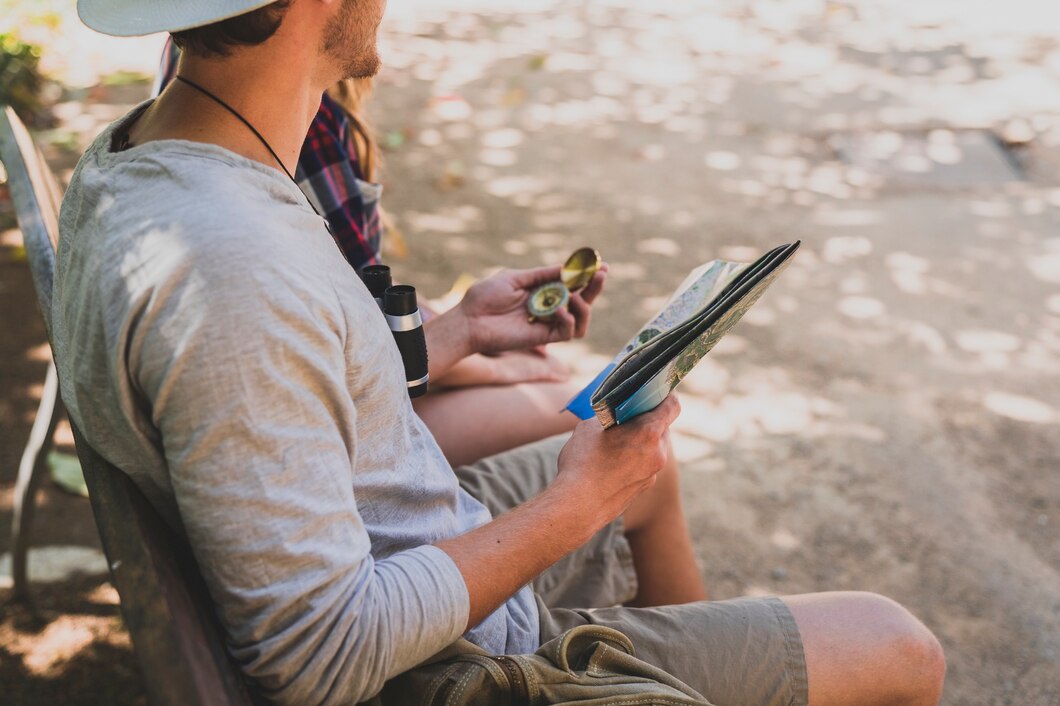
Every time you paddle through rapids or scale a ridge, you create a story someone’s waiting to hear. Whether you’re in it for self-expression or content creation, documenting your journey adds layers of meaning to your adventures.
Ready to turn adrenaline into unforgettable content? Bookmark this guide, pack your gear, and share your next bold step with the world.




